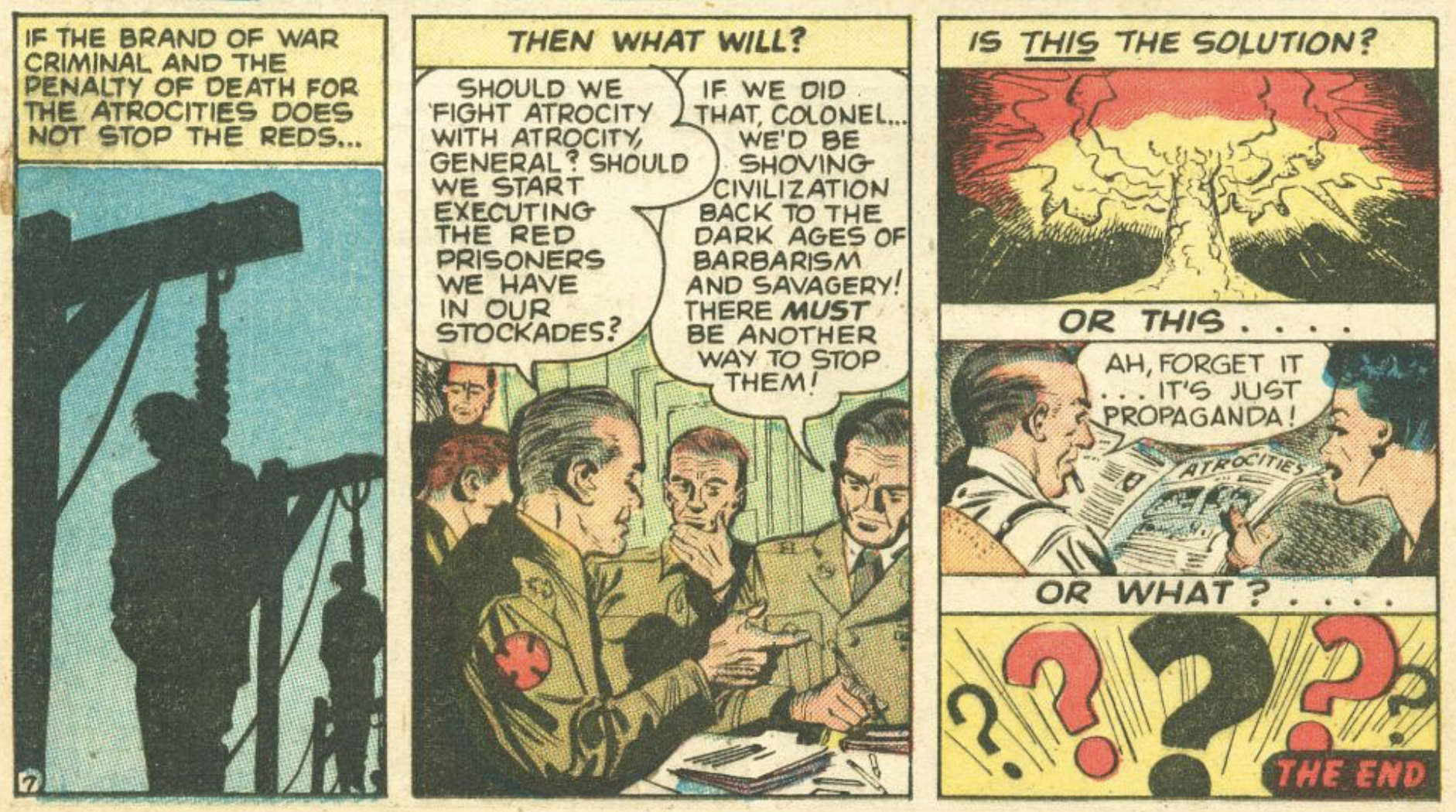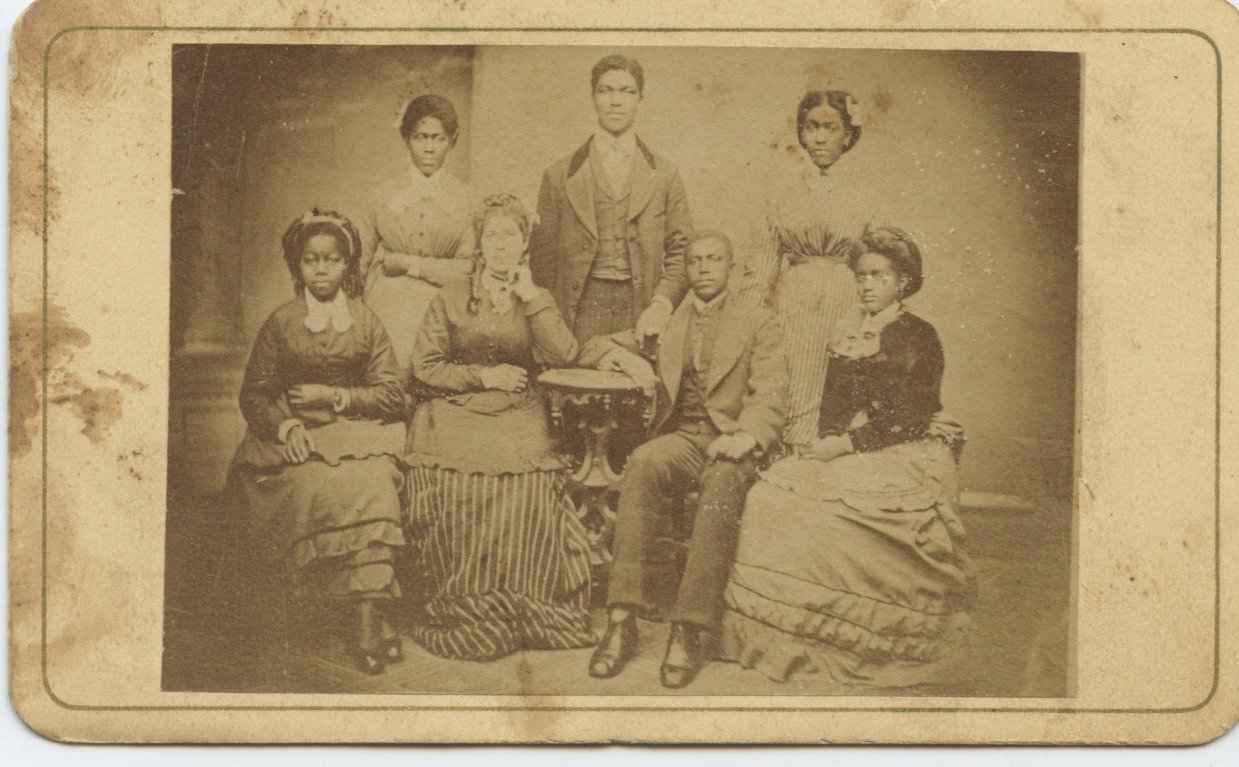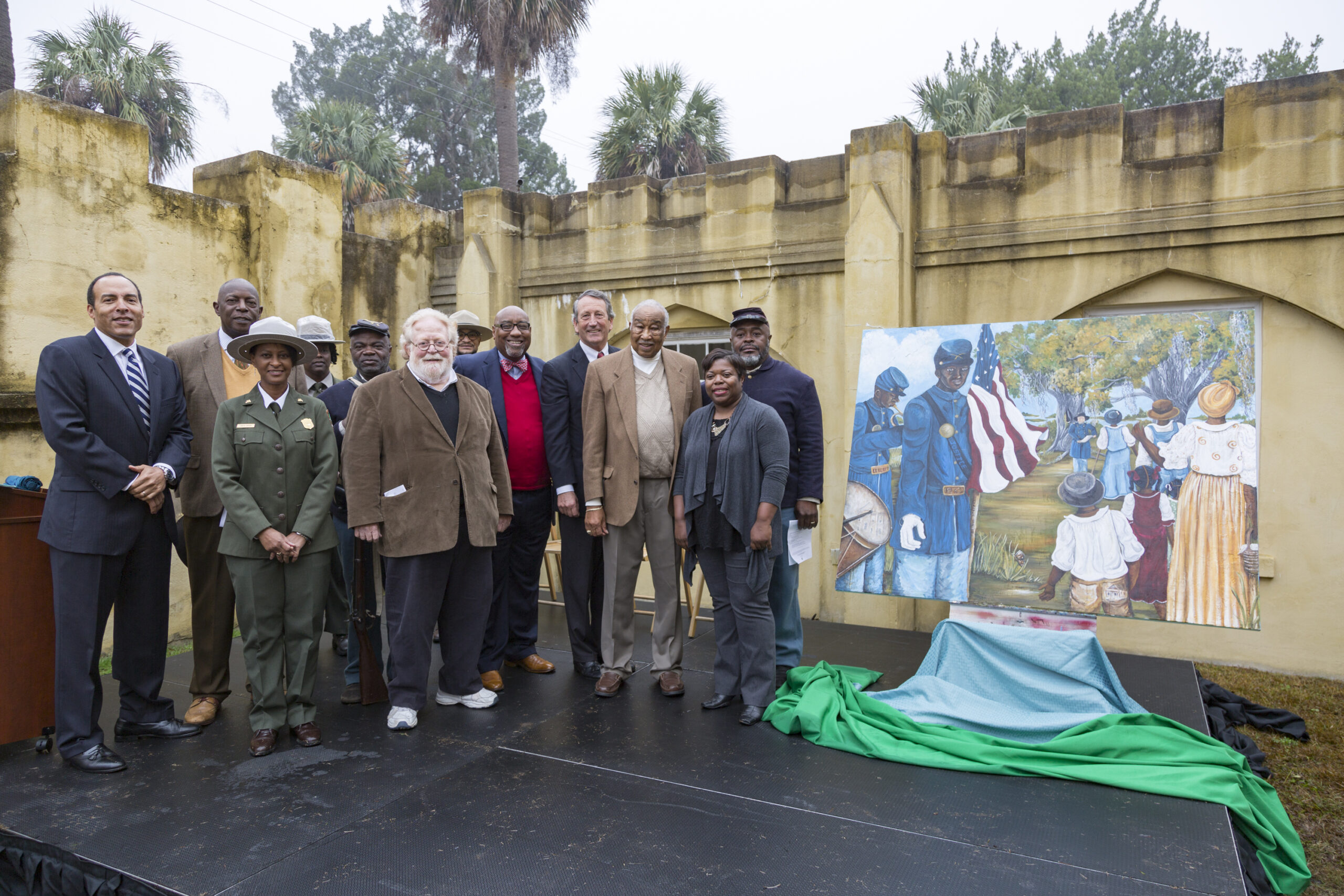Painful confrontations beset New York in the closing weeks of 2014. Protests unfolding peacefully across parts of the city in November and December—protests born of frustration with the failure to indict police officers responsible for the deaths of Michael Brown, in Ferguson, Missouri; or Eric Garner, in Staten Island—changed course when two officers were fatally shot in Brooklyn five days before Christmas. The following Saturday saw streets once lined with protesters now fill with the trademark blue coats of more than 20,000 police officers gathered in Queens for the funeral of Officer Rafael Ramos. (Officer Wenjian Liu’s funeral awaited relatives travelling to the US from China.)
Throughout, clashing imperatives of a citizen’s right to protest, on the one hand, and the protections due her city, on the other, laid bare longstanding questions of representation: Mayor de Blasio’s representation of the city that elected him and those sworn to safeguard it; a police precinct’s insufficient representation of its residents (consider the stark demographics of the Ferguson force in advance of the AHA 2015 session “Understanding Ferguson: Race, Power, Protest, and the Past”); the often contrary ways private citizens represent themselves on streets and social media; and, for historians, an obligation to represent the discipline and the past.
The AHA’s Statement on Standards of Professional Conduct stipulates, “when historians communicate with a wider public, they must represent not just a particular interpretation or body of facts, but the best practices of the discipline.” The AHA is charged with abetting historians of all stripes to make their case better and to make it heard. We gather this week in this shaken city to do both.
Historians discussing injustice can sound simultaneously exacting and empowering, as they observe events not in isolation—as mere incident or “tragic mistake”—but as the result of patterns, practices, and precedent, which is to say: of history. Consider the Voting Rights Act. Championed or violently contested by protesters, police officers, and imperfect politicians—representatives, not saints—its work remains unfinished as it approaches fifty. The annual meeting devotes two sessions (one on Saturday; one Sunday) to the Act’s stirring past and uncertain future, suggesting that if patterns can be constructed, they can be deconstructed too, replaced or protected, improved if never perfected. Without that understanding, we’re left with only isolated incidents and tragic mistakes, which is to say: with futility, not history.
Late last Saturday night, The New Yorker’s Nicholas Thompson travelled to an intersection in Bedford-Stuyvesant near the spot where Officers Liu and Ramos were ambushed that morning.Thompson understates the level of vitriol expressed online in the shooting’s aftermath, from the police union’s provocations on down: “As with so many dramas of our day,” he writes, “social media did not bring out the best in observers.” But late Saturday night on a street in Brooklyn, a different impulse governed. “I spoke with officers at several intersections around the restricted zone, and they all seemed struck by tragedy but also at ease,” Thompson recalled. This is the city you will discover at the annual meeting. Heated discussions will surely ensue inside the confines of the Hilton and Sheraton (not least at “Understanding Ferguson”). But step outside the hotels and you will find yourself surrounded not by seething distrust, but by small acts of decency traded between people from an astonishing array of backgrounds, going about their business, representing their city with tenacity and grace.
This post first appeared on AHA Today.
This work is licensed under a Creative Commons Attribution-NonCommercial-NoDerivatives 4.0 International License. Attribution must provide author name, article title, Perspectives on History, date of publication, and a link to this page. This license applies only to the article, not to text or images used here by permission.



